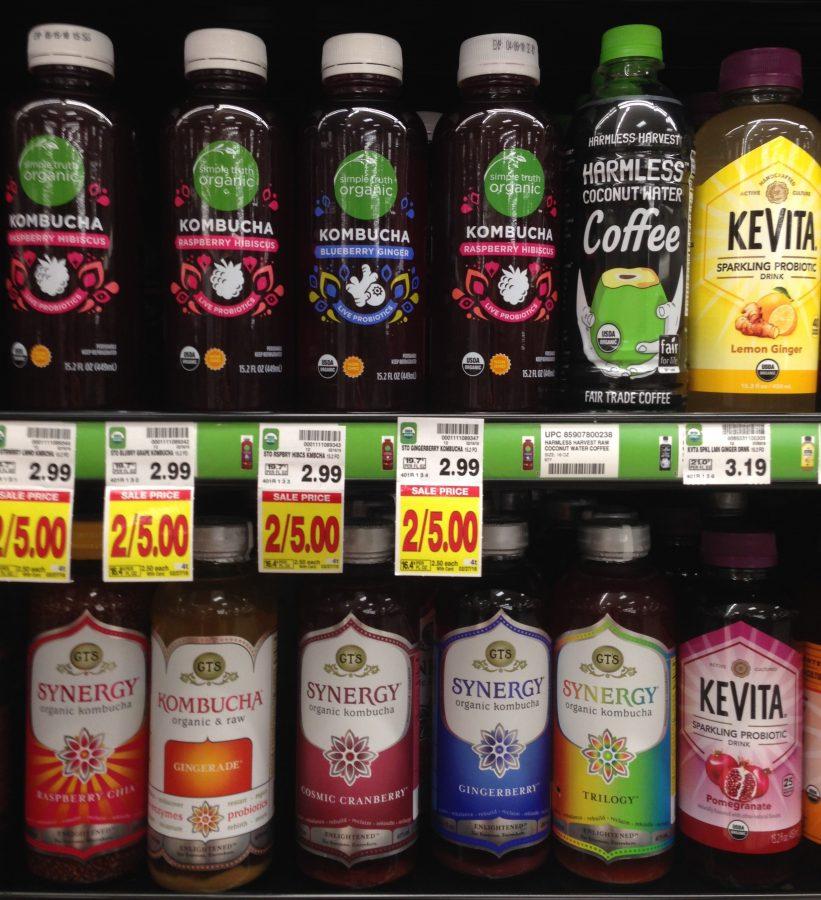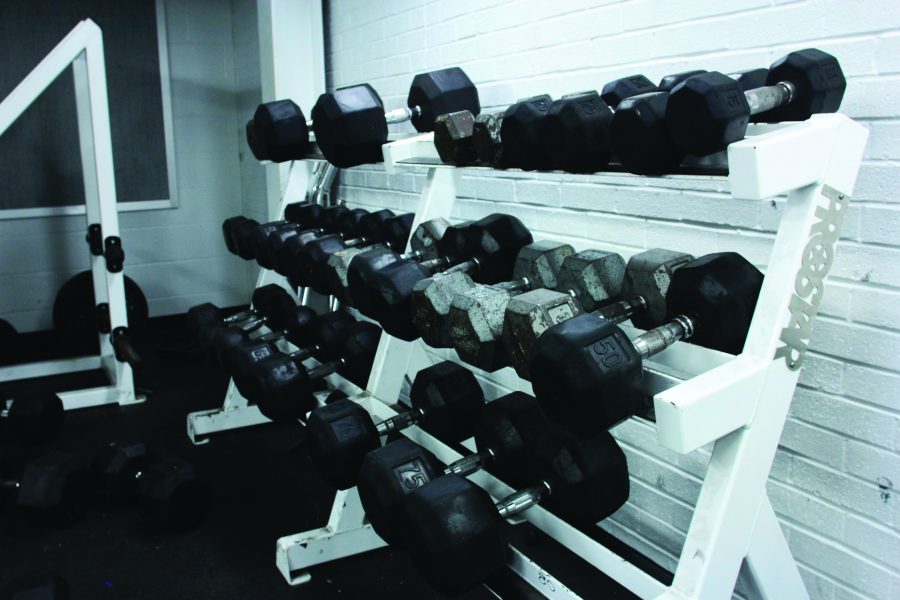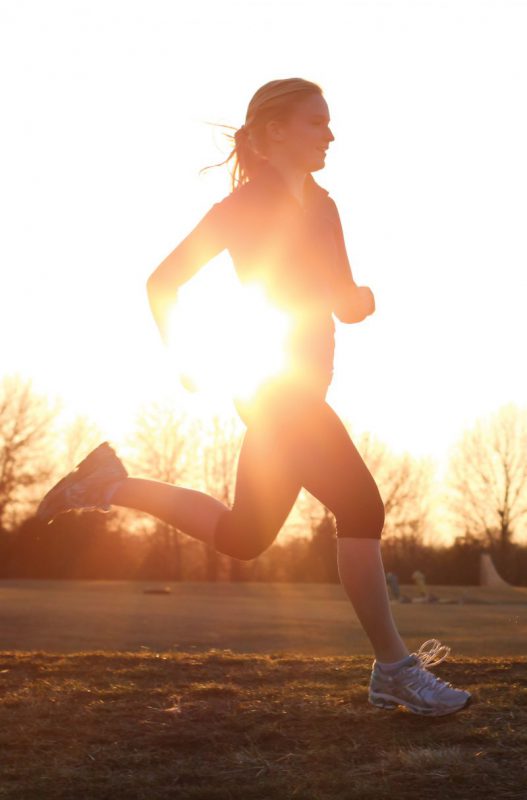The definition of health has gone through a transformation during the past century. In 1918, it meant one wasn’t dying of influenza. A hundred years later, wellness (at least in western countries) means waking up with bulletproof coffee and collagen, catching an early-morning yoga session, staying hydrated with kombucha and/or detox water, renouncing dairy and subscribing to natural beauty products.
While there have always been trends in wellness, the age of social media has brought waves of products, activities and even lifestyles to the forefront. Globalization has certainly played a role, with many prominent trends historically originating from regions such as south and east Asia.
Kara Ladd, a partnerships editor for ELLE, has used more qualitative research when it comes to trends in wellness. She says it’s her job to “have her finger on the pulse” of what’s popular. In a 2017 article, she named 30 fads including turmeric, medicinal mushrooms and dry brushing. In addition to her professional connection to what’s current in self-care, Ladd has personal experience with different fitness movements. For her, meditation was the most rewarding trend.
“Meditation was the most prominent wellness trend from last year and was my personal favorite as I saw considerable difference in my own demeanor and mental state when I meditated on a daily basis. I was simply more calm, clear-headed and grounded,” Ladd said. “Meditation saw a multitude of in-person studios as well as apps come to the center stage of the wellness community.”
Besides just practices and supplements, certain diets have also exploded in popularity. Through the years, the Atkins diet, the Ketogenic diet and the Paleo diet have developed substantial fan bases, each claiming to be the perfect way of eating. Nowadays, followers of Whole30 tout it as the latest and greatest innovation, not as a long-time solution to weight loss, but a month-long trial meant to highlight any common food intolerances one might have.
Senior Caroline Kaiser has trouble reconciling Whole30’s limitation fruit as a way to reduce sugar intake. Additionally, as a pre-professional chef, Kaiser prefers to keep her diet options open.
“I have some issues with Whole30, but I think if you have the willpower to do all those crazy diets, then that’s good for you. I’m not going to do any of those crazy diets,” Kaiser said. “I’ll just eat whatever I make that day or whatever’s available. So I don’t follow a super strict diet, but if there’s a better option, that’s usually what I go for, the healthy option.”
Kaiser does, however, partake in other health routines that one could consider trendy. About five years ago her mom brought kombucha and essential oils to Kaiser’s attention. More recently, Kaiser has started putting collagen in her coffee and using charcoal as a cleanser. Even so, she doesn’t think of herself as a trend follower.
“I live in a pretty healthy household. [Trying to be healthy] isn’t super new, but recently, with adding all these [wellness practices] together instead of doing seperate ones over the years, I’d say I’m healthier,” Kaiser said. “Stuff that I’m really into like yoga, meditation and kombucha has been such a core thing for people for so many years, way long ago. I think it’s going to continue being steadily practiced.”
Unlike Kaiser, health and wellness journalist Christa Stiehl, who currently works for the website eatthis.com, has not only tried Whole30 but believes in its benefits, as it made her aware of her dairy intolerance. Stiehl has tried many trends in her career, often writing articles of her experience. Some of her experiments include drinking a gallon of water a day, trying every type of kombucha and tracking all of her body measurements such as how many steps she took, her caloric balance, her sleep and her water intake.
Currently, Stiehl is working on a project where she’ll try taking collagen peptide powder everyday for a couple of weeks. Though Stiehl is up for testing the trends herself, she also stresses the importance of knowing the scientific validity of popular fitness principles to avoid the gimmicks.
“There’s a general tendency in the wellness crowd [to believe] all these hyped tips and tricks and food that aren’t backed by science [but] purported health and wellness miracles,” Stiehl said. “Things like colon cleanses, even things like tumeric [don’t have] a ton of research to back it up. Turmeric is good for you, but it isn’t this magical cure-all. In general, when it comes to trends, it’s important to find the research behind it from an expert, a doctor, a physical trainer or a research study that can support it. It’s important to know the difference between pseudoscience and quality sourcing.”
For those like Kaiser, who don’t necessarily rely on facts and figures to backup their habits, popular health practices will continue to be a source of happiness and perhaps community, depending on one’s friend circle.
“I try to make some of my friends go to yoga once in a while, and a lot of my friends are the same way. A lot of my friends like kombucha, and I’ve made some friends at yoga,” Kaiser said. “So I try to introduce it to them, but if they don’t like it, then I understand because I know it’s not for everybody.”
What are your opinions about these trends? Comment your thoughts down below.
Wellness trends take world by storm
March 1, 2018
























































































